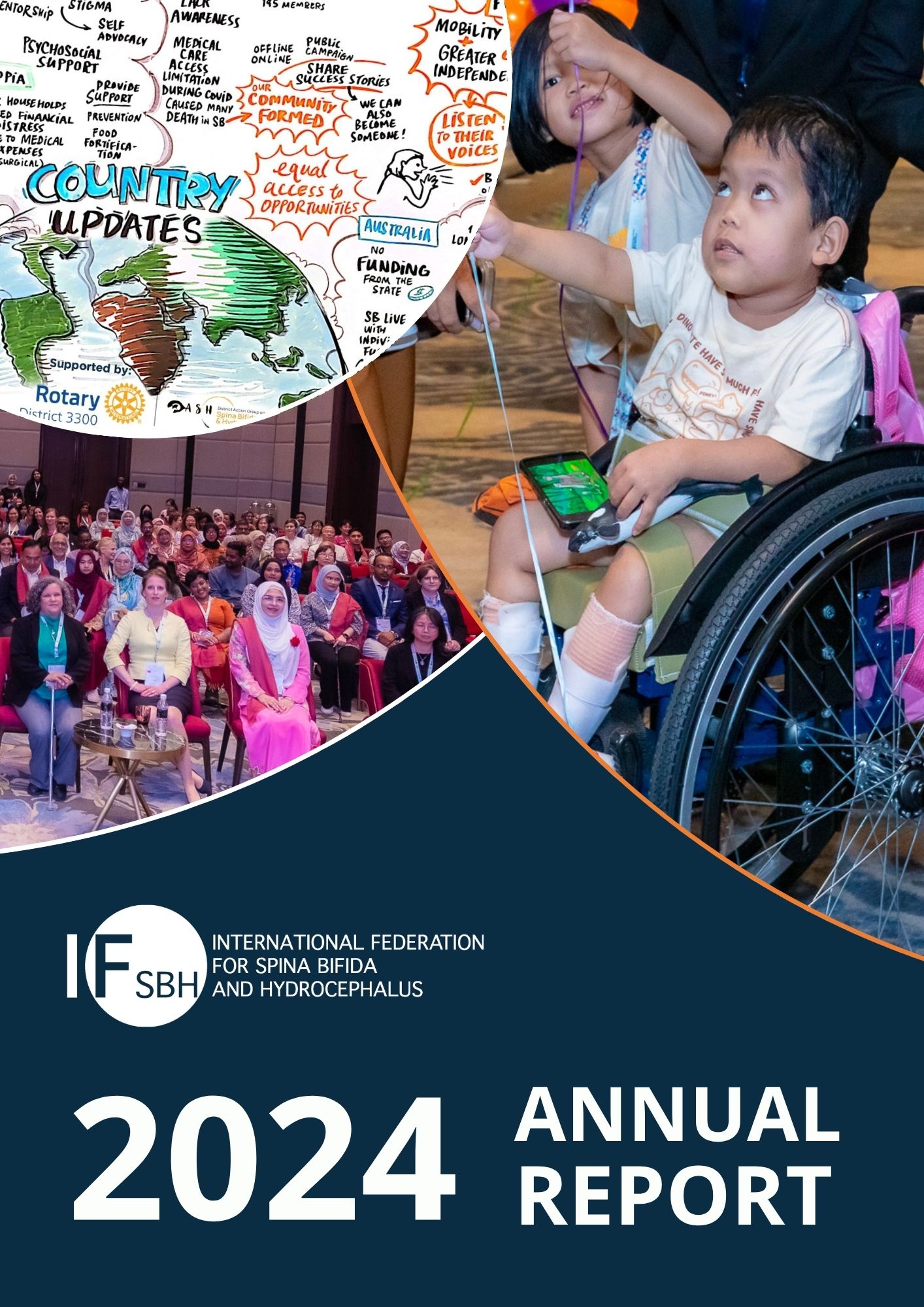3 January 2018 // A newly published study looked at the differences between two groups of babies treated for Hydrocephalus. 49 of the babies were randomly selected to receive shunts and 51 were assigned to endoscopic treatment. The researchers found no significant differences between the two groups in the areas of cognition, motor skills or language skills. The study took place at CURE Children’s Hospital of Uganda and the lead authors of the publication are IF expert Dr. Benjamin Warf, Dr. Abhaya V. Kulkarni, and Dr. Steven J. Schiff.
There are many reasons to avoid shunts since they are often related to a high risk. For instance, shunts can fail throughout a lifetime and immediate treatment is required when this occurs. Dr. Steven J. Schiff has explained: “Hardware fails at a terrible rate in young children and needs to be repaired. The body becomes dependent on the shunt and patients need to be hospitalized quickly when the shunt fails”. Schiff claims that the best way to avoid infections and the development of hydrocephalus will be to prevent it.
The study “Endoscopic Treatments versus Shunting for infants” has been published in the New England Journal of Medicine, and can be read here. You can also watch a short animation which summarises the study results.





